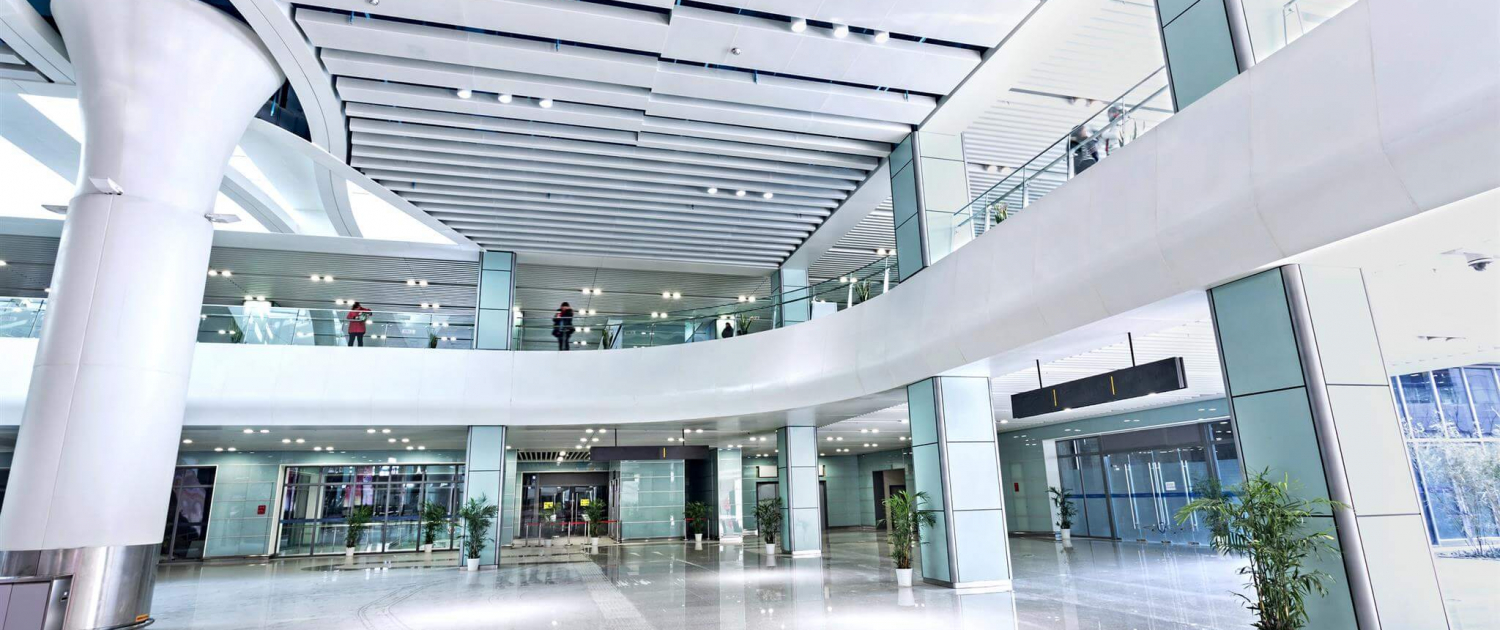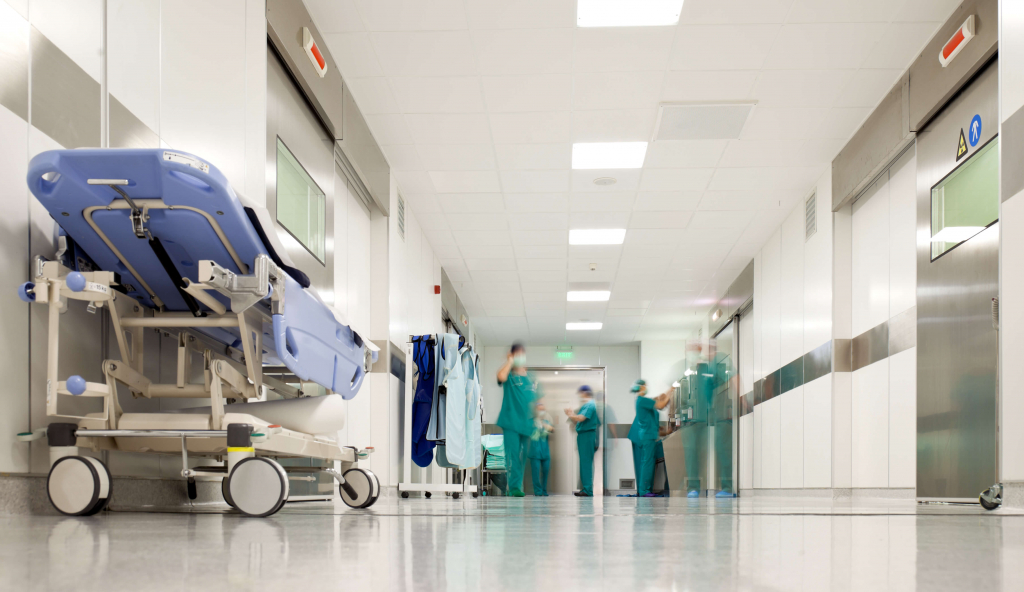BIM in health facilities development projects
There are many benefits that come from the use of BIM in health facilities development projects. Building Information Modeling (BIM) is the digital management of the information processes for the design, construction, and management of building projects. The use of the digital model – the representation of the physical and functional characteristics of a structure – promotes interoperability and interaction among the various stakeholders and the result is a highly interactive environment capable of adapting to changes.
Health infrastructures are critical, which means they are fundamental resources for the correct functioning of society. They are therefore characterized by a certain level of complexity and their development requires a high degree of compromise. Furthermore, the health industry has long suffered from the inability to manage the relationship between costs and high quality and improve organizational performance. Until the arrival of the BIM.
Some benefits of BIM
Better coordination
The complexity of health projects requires a high level of coordination of documents, processes, and responsibilities among all operators. The collaborative model helps to define the objectives of each area of the work and the possible interferences amongst the disciplines. In the complex design of a healthcare facility, the architectural team collaborates with the electrical, mechanical and structural engineers in order to create an integrated BIM model. Also, the documentation produced by each stakeholder derives from a single digital model, guaranteeing uniformity and consistency.
“The use of integrated systems and 3D coordination tools enables better coordination of computer-controlled manufacturing data for accurate off-site manufacturing. BIM also enhances business to business integration and coordination of activities” (Delivering Value with BIM: a whole-of-life approach).
Better communication and management of information
One of the main features of BIM is the generation of information which is shared throughout the entire life cycle of the building project. This is also a fundamental prerequisite for the establishment of the integrated and collaborative work environment. The BIM model can be considered as a unique source of truth, one common database used as the basis of knowledge of the building project. The 3D asset model makes it possible to generate visualizations that all stakeholders can interact with and at this level, the transparency of the information leads to a greater degree of involvement. Furthermore, the information is accurate and interoperable, so it can be continuously updated, as well as being accessible from various sources as reusable by multiple operators. Documents can be generated faster and in a more structured, coordinated and standardized way without any communication lags. The use of protocols and in particular the use of the CIC BIM Protocol avoids the occurrence of errors and promotes data consistency.
Better productivity
BIM is a driving force. For years the construction industry has tried to renew itself and deliver significant efficiencies and cost-savings. The philosophy of BIM establishes a collaborative, interoperable and interactive work environment able to improve the performance of each phase of the project. This happens when all the stakeholders think and act beyond the context of individual projects. The real-time 3-D coordination and visualization allow a better management of the conflict by using the BIM Model. This immediately translates into fewer risks, interferences, costs and time.
Improvement of the learning curve
The representation of the physical and functional characteristics of a structure in a virtual environment allows the team to familiarize with a certain function before its on-site activity. Therefore, it represents a useful learning opportunity, considering also that the errors produced in physical construction are very expensive and difficult to solve. Moreover, thanks to the information management tools, the use of BIM allows learning from the experience.
“3D visualization of objects and processes can be used as a learning tool for the training of personnel for health and safety at work, the operation of construction machinery and logistics planning … BIM knowledge management tool can provide access to lessons learned in a specific area where interested parties can, for example, receive a message when starting a similar project to learn about these processes. ” (Delivering Value with BIM: a whole-of-life approach).
Time and costs
Within healthcare development projects, prototyping of rooms is crucial. The interactive 3-D BIM model allows taking into consideration spatial requirements, equipment layout, workflow, and even alternative scenarios. Thanks to the parametric modeling, conflicts between construction and operations can be easily solved with great gains in terms of safety, time and costs.
Learn more about elec calc™ BIM, the software that integrates the electrical project into the BIM process.
Want to know more?
Tracesoftware – Empowering electrical solutions.
Check out: Webinars eSHOP Sales Linkedin




